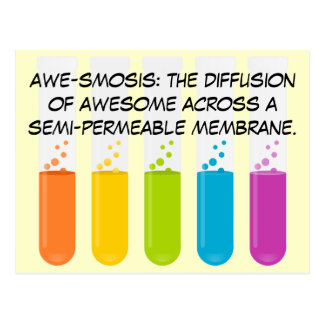 |
 Cell Tissue Gene DNA Mitosis Meiosis |
 |
 Cell Tissue Gene DNA Mitosis Meiosis |
owner
Contact Me
quotes
|
  10:19 | 0 Cloud(s) 10:19 | 0 Cloud(s)
DNA Replication :
*It is a semi-conservative process
*The daughter DNA molecules produced consist of one progeny and one parental strand
DNA as Template
*Each strand of the parent DNA acts as template, make the new daughter strand
*Makes 2 new complete double helices
*Each with 1 old and 1 new strand
*DNA synthesis proceeds only in the 5' 3'direction which means that the strand being copied is been read in the 3' 5' direction
*DNA replication begins at specific base sequence (Origin of replication) when helicase binds to parental
*DNA and begins to unwind it (break the H bond)
*Each parent strand becomes a template used to synthesize the complimentary strand
*Single-strand binding (SSB) protein bind to single DNA strands and stabilize them
*Prevents the double helix from re-forming until the strand are replicated
*Both strand require RNA primer for initiation of synthesis because DNA can be elongated only by addition to 3' end of existing polynucleotide strand
Leading Strand (template 3’ – 5’)
*RNA primase synthesize the primer:
- 5-14 nucleotides
- To provide the 3’ OH end
*DNA polymerase binds to the 3’ end
- Add nucleotides to the growing end
*The primer will be digested by DNA polymerase
- Replaced by DNA
*Primer will be joined by DNA ligase
*DNA polymerase binds to the 3’ end
- Add nucleotides to the growing end
Lagging Strand (template 5’ – 3’)
*RNA primase synthesize the primer
*DNA polymerase binds to the 3’ end
- Add nucleotides to the growing end
*Moves discontinuously away from the replication fork
*Forms short fragments - Okazaki fragments
*The primer will bedigested by DNA polymerase
- Replaced by DNA
*All Okazaki fragments are joined by DNA ligase
*New complementary DNA strand 3’ - 5’
Animation : DNA Replication Process

 |
0 Comments:
Post a Comment